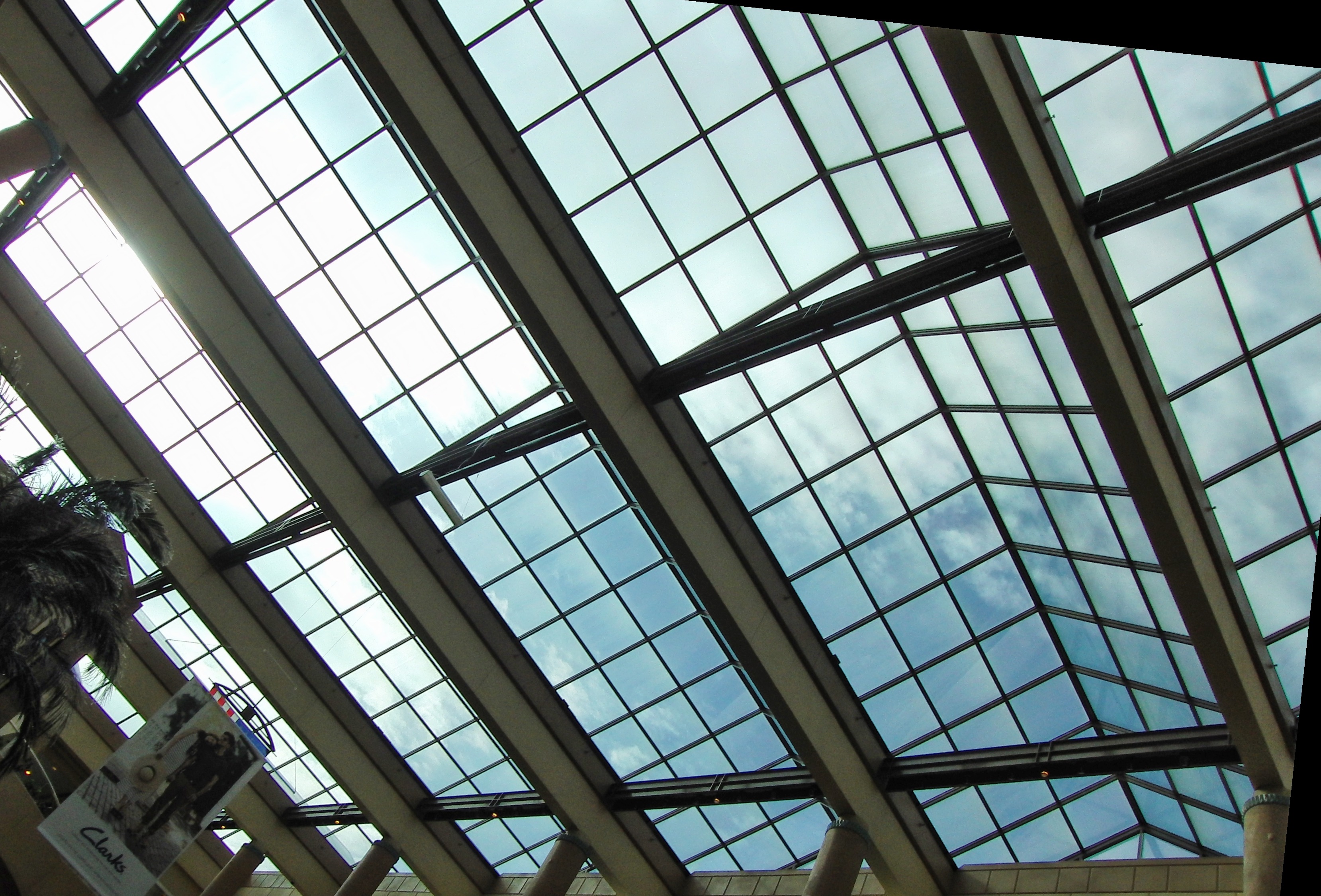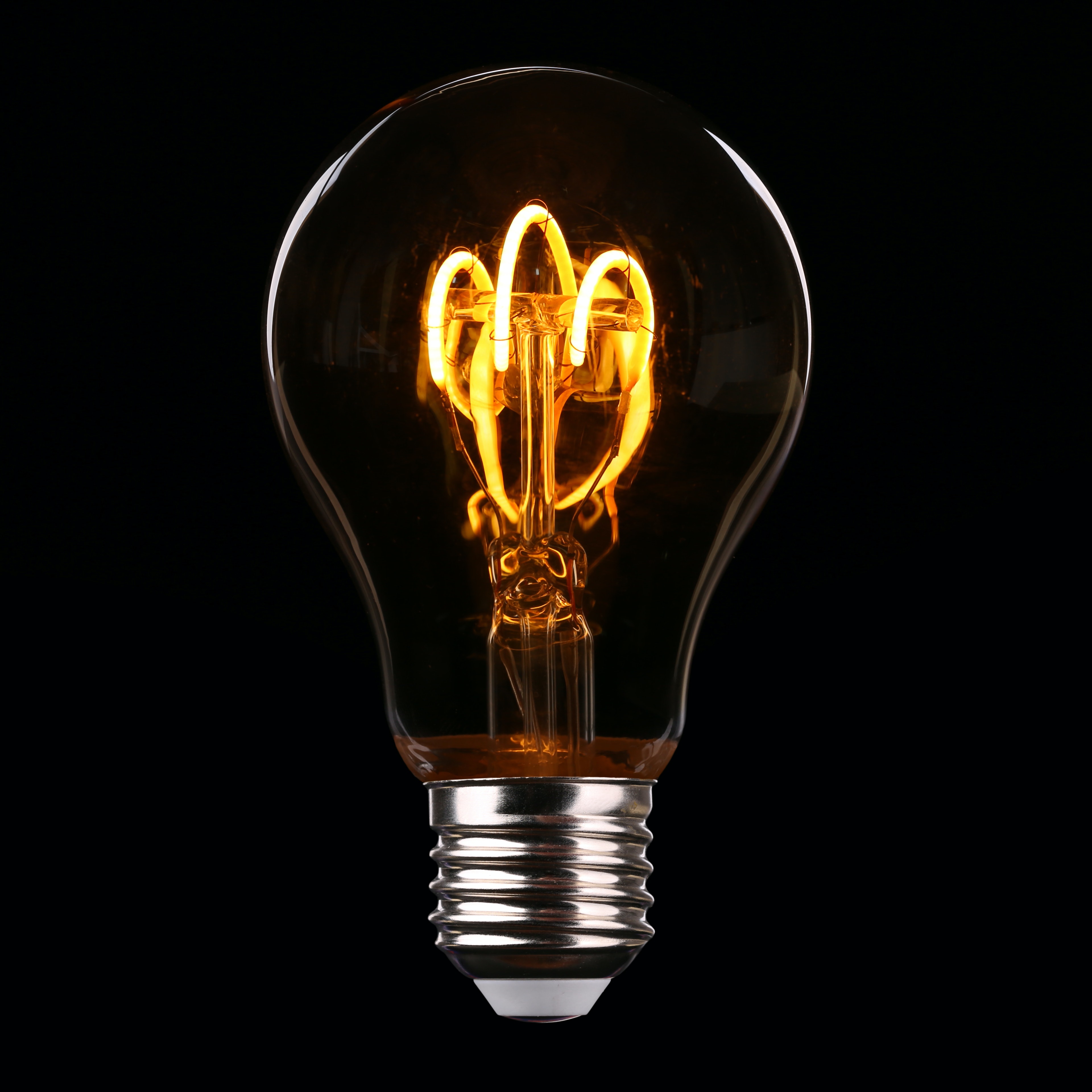- Details
Financial Advantages of Daylighting for Commercial and Residential Buildings
Daylighting is the process of allowing natural light into a commercial or residential building in a strategic, controlled manner. (See here for a full definition of daylighting.) Among its many benefits, daylighting can have a concrete effect on how much you spend each month on energy bills.
Who Can Save with Daylighting?

Here’s the great news about the financial benefits of daylighting: anyone can save! Whether you’re a homeowner paying your monthly utility bills or a commercial space shouldering a larger energy burden, daylighting can reduce how much you depend on costly, less ecologically friendly artificial lights.
It’s important to remember that the principles of daylighting can be successfully applied to any building.
How Much Does Daylighting Save You?

As far as concrete numbers, they’re going to vary based on many factors:
- The type of daylighting techniques you’re using.
- The extent to which they’re used throughout the building.
- The commitment to avoiding artificial lights when unnecessary.
- The cost of energy in your location. (This varies across the globe and even from state to state.)
According to this report, here are some relevant statistics and figures around daylighting to use as guidelines:
- Electric lighting accounts for nearly one-quarter of all electricity consumption in US buildings. (That percentage jumps to 35 to 50 percent for commercial buildings.)
- Daylighting can reduce your overall energy costs by upwards of one-third.
- A sound daylighting strategy could reduce the need for electric lighting by anywhere from 20 to 80 percent.
- Electric lighting generates waste heat, which imposes additional strains on a building’s cooling systems. Daylighting can reduce that burden by 10 to 20 percent.
- As a rough, generalized estimate, daylighting can save anywhere from $0.05 to $0.20 per square feet each year.
Another study corroborated these findings. When compared against a control building using electric lighting, a building with daylighting experienced the following changes:
- Lighting costs decreased from $0.22 per square foot to $0.15.
- Cooling costs decreased from $0.19 per square foot to $0.14.
- HVAC fan costs decreased from $0.13 per square foot to $0.127.
- Demand charges decreased from $0.53 per square foot to $0.41. (Note: not every building is subject to demand charges, or the practice of charging more for electricity usage during peak hours.)
- Heating costs increased from $0.06 per square foot to $0.61. (This was the only category that increased, and it was negligible when compared to the other total savings.)
- Total energy costs decreased by 22 percent.
Hard Numbers and Soft Savings of Daylighting

In addition to the concrete and quantifiable savings in electricity bills, there are also some “soft” savings associated with daylighting. These are more difficult to assign a definitive number, but having a space filled with natural light has been shown to increase overall productivity and mood and to decrease absenteeism.
For businesses, offices, and other commercial sectors, this can be extremely beneficial to the bottom line.
(Interested in learning more about how daylighting can benefit your space? Check out these top advantages of daylighting.)
Have any questions about walkable skylights, glass flooring, antique mirrors, or other architectural glass features that contribute to or optimize daylighting? Don’t hesitate to contact us today!

